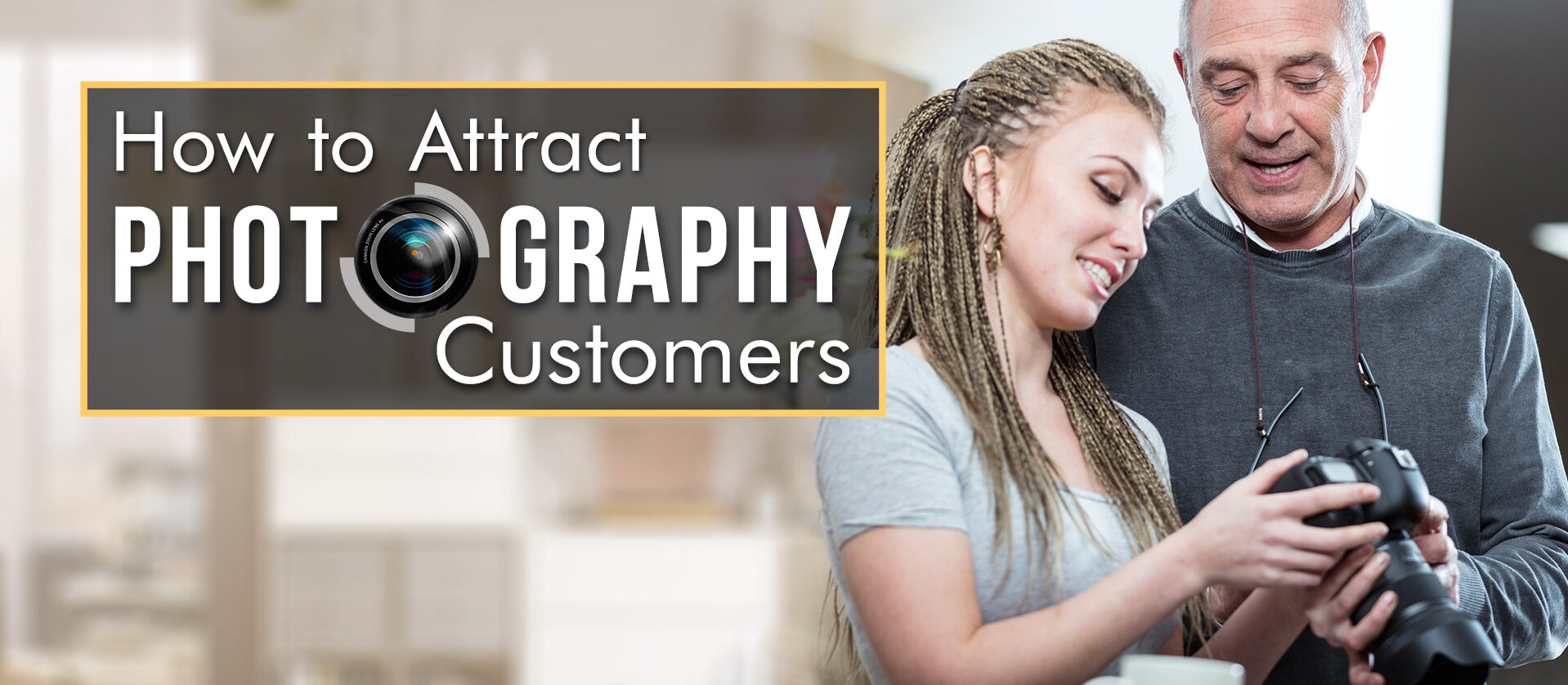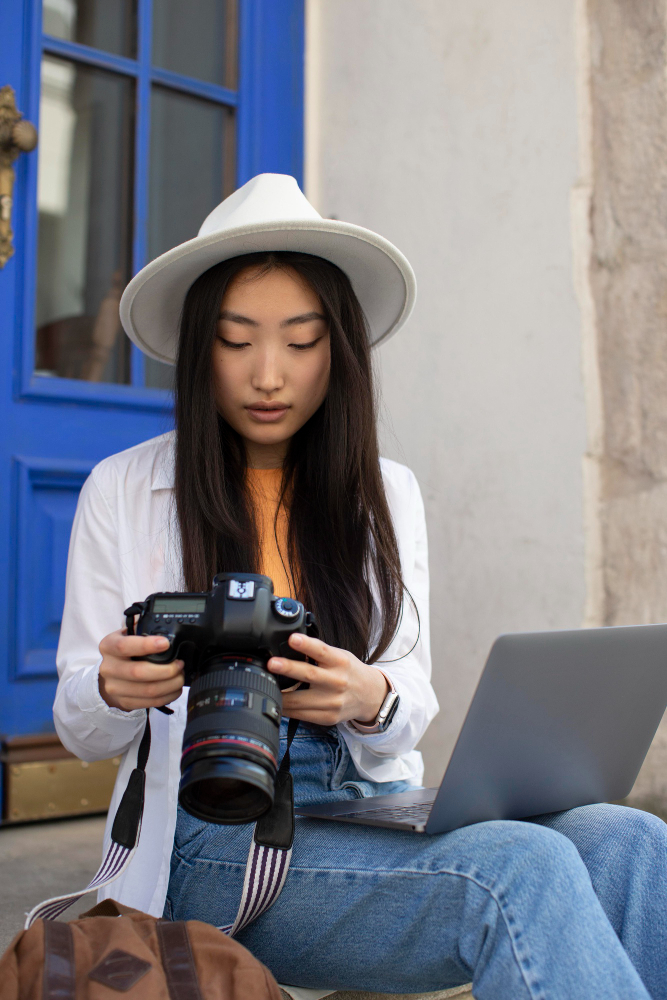If you came for the instant download to How to Start a Pet Photography Business, please go to the download page here at – starting a pet photography business
Everyone else should go to the article below.
Some Tips For Pet Photography
W.C. Fields said that he never liked working with animals or children. Now, what did he know that we don’t?
The problem with pet photography is that your model can’t appreciate what you’re doing. A dog or cat barely has enough awareness to recognize a photograph of their own species, much less the concept that they’re posing for one. A well-trained pet, such as the kind who “works” professionally, will know to stay still on command. But not even all pets are trainable – a goldfish just won’t hold that captivating vogue no matter what you do to reward it.
Some tricks which photographers and directors use include giving the pet something that they’ll stay interested in, such as a piece of food or a toy. A sitting cat will look cutely and perkily in just about any direction if you drag a piece of string by or dangle a catnip mouse in the air. Do it just out of frame, and it looks just like the kitten happily struck a pose for you. The trick is to catch them before they jump up and pounce.
You can train an animal to go to a certain place on cue if you reward it with food once you get it there. Dogs in movies and TV are trained this way, for instance if the script calls for a dog to go to an unconscious person lying down, there’s usually a dog biscuit out of sight by the person. Not just dogs, but anything from rats to birds can be trained this way. The birds in Alfred Hitchcock’s “the Birds” were trained to do nothing more than land on a space where some seed was placed.
A dog that’s been trained to “sit” and “stay” is basic enough, and will do for the family pet photo but not so much for an interesting subject. A dog can be encouraged to do other activities, and can simply be captured in mid-leap with a fast shutter speed in the 1000s-range – the exact same way you would motion-capture any moving object.
Including the pet in a large family portrait can prove daunting. You just get Aunt Martha to quit standing like she’s made of concrete, coax Uncle Bob to put down the pipe for the shot, and hush the kids for the tenth time and get ready to shoot, and that’s just when fluffy decides to lick his rear end.
It’s best to use an older pet. Young puppies and kittens are bursting with energy, and usually unpredictable as well. An older pet, particularly an indoor cat, will even hold some poses for a few minutes when placed in it. For this reason, you see those “LOLcats” pictures all over the Internet, in a meme that’s been sweeping the 21st century. It’s easy enough to pose an adult cat in even a silly pose, and they might stay still for a couple of minutes.
One more pet photography subject that is a no-brainer is reptiles. Reptiles cannot be trained at all and aren’t particularly interested in being charming, but one thing that makes them easy to photograph is that they naturally move very slowly and stay still for long periods of time. Chameleons, Komodo dragons, and snakes, along with being interesting subjects, will gladly coil around your arm or stay perched on a rock or branch, regarding you with complete disinterest as you capture their fantastic detail.
Author Ray Baker. You should look closely at this emerging market – pet photography secrets. **This is the top selling online professional pet photography guide at the time of writing!“

